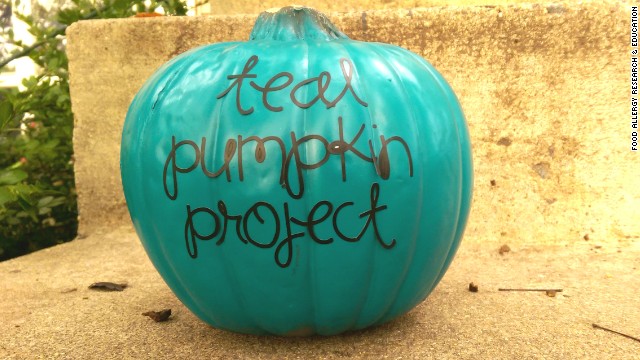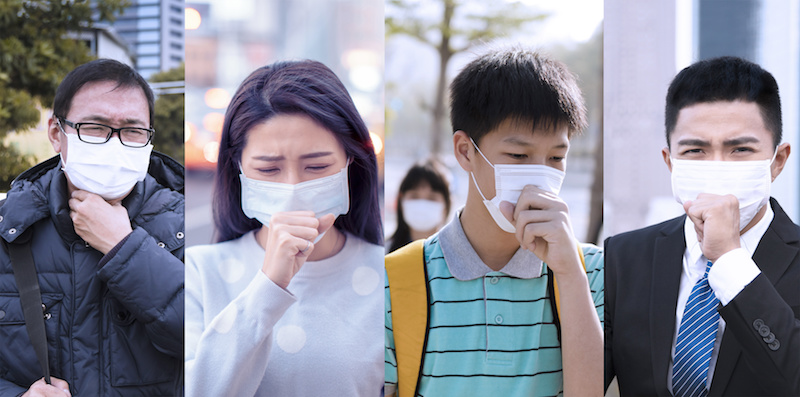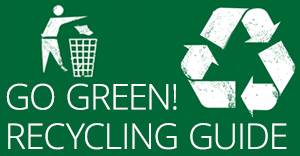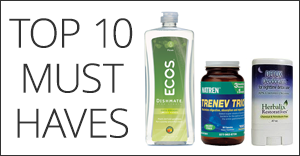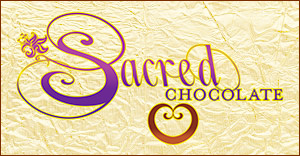Halloween is just around the corner, and it can be a “nightmare” for kids with food allergies.
Chocolate contains milk, candy bars can contain nuts, and eggs and soy are also common allergen ingredients in Halloween treats, according to the National Institute of Allergy and Infectious Disease.
The Food & Allergy Research Education (FARE) organization has launched a new initiative starting this Halloween.
It is called the Teal Pumpkin Project.
The Teal Pumpkin Project encourages people to place a teal pumpkin outside of their window if they are giving away non-food items like stickers, toys, crayons, etc.
You can also print a flyer from their website to post on your door.
The idea is becoming very popular on social media, as the first FARE post about the project has reached over 2.7 million people in just three days.
Posts have been shared over 31,000 times. This is the first year that the FARE organization has promoted this idea nationally.
“The Teal Pumpkin Project is an easy way to make a big impact in your community. Food allergies can be life-threatening, and they affect 1 in 13 children in the United States. We are thrilled to see so many people embracing the Teal Pumpkin Project as a way to ensure kids with food allergies can enjoy a safe, fun Halloween experience just like their friends,” says Veronica LaFemina, spokeswoman for Food Allergy Research & Education.
It is important to keep non-allergic food separate from regular candy at all times, as cross-contamination can occur and cause a serious reaction.
Parents should be very thorough when checking candy and food labels before kids eat them.
“Checking labels becomes very pivotal because during the holidays, including Halloween, when the manufacturers make those mini small-sized candies and they’re often mass-produced on shared equipment,” says Mireille Schwartz, the founder and CEO of the Bay Area Allergy Advisory Board. “Candy that’s safe other times of the year might not be safe during Halloween.”
An important step is to carry an epinephrine auto-injector, which treats all anaphylaxis. Make sure the medication is not expired before walking out the door.
For younger children, Schwartz adds, “You don’t want to bring up the larger, darker side of things. You just want to say you’re going to check the candy to make sure it’s safe.”
Note: None of the information in our website is intended to diagnose, treat, cure or prevent any illness or disease. The content on our website is for educational purposes only.
DON’T FORGET to sign up for our weekly newsletter to get our latest articles, updates, free recipes and giveaways.
Healthy Halloween apple bites for kids.
Halloween frozen banana ghost pops for kids.
For the top 10 healthy Halloween kids treats.
For a healthy squash bar recipe.
For the health benefits of pumpkin seeds.
For a homemade organic honey and apple cider candy bar recipe.
REFERENCES:
1. “Teal Pumpkins Try to Change Halloween for Kids with Food Allergies.” CNN. Cable News Network, 14 Oct. 2014. Web. 23 Oct. 2014.
2. “Common Food Allergies in Infants, Children, and Adults.” National Institute of Allergy and Infectious Diseases. National Institutes of Health, n.d. Web. 23 Oct. 2014.
3. “The Teal Pumpkin Project for an Allergy-Friendly Halloween.” FARE Blog. Food Allergy Research & Education, 06 Oct. 2014. Web. 23 Oct. 2014.

